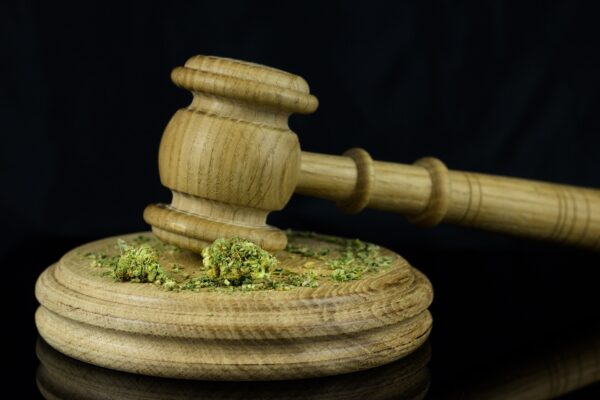It’s been nearly 10 years since Washington and Colorado legalized recreational marijuana. More states join them every year. Over the past decade since the country’s first experiments with recreational legalization, researchers have been able to observe the effects of this new policy. Some of the effects were as expected, but others proved a surprise. In many cases, both proponents of legalization and opponents failed to anticipate what the results of legalization would be. A few things they’ve learned:
Legalization Did Not Affect Traffic Accident Rates
Many opponents of cannabis legalization argued that traffic accidents and fatalities would skyrocket with legal weed. Proponents of legalization countered that marijuana users would be more conscientious about driving under the influence.
Multiple studies have found that accident rates did not increase with legalized marijuana. Trends in traffic fatalities in both Washington and Colorado stayed the same years after legalization in those states.
Legalization Neither Increased nor Decreased Violent Crime Rates
Proponents of legalization claimed that legalizing cannabis would lead to lower violent crime rates. Opponents made the opposite claim, saying that rates of violent crime would increase.
The CATO Institute, however, found that they were both wrong. Overall, the rates of violent crime stayed roughly the same after legalization.
In the realm of non-violent crime, legalization has significantly decreased the number of marijuana-related arrests in Colorado. Arrests there related to marijuana dropped by 68% between 2012 and 2018.
Legalization Has Major Economic Benefits
Tax revenue from legalization was even better for state budgets than anticipated. The state of Colorado collected $387 million in 2020. Under state law, the money must be spent the year after it’s collected. The tax money is directed into funds that benefit law enforcement, health care, health education, substance abuse treatment, and schools. One program in particular is funding school infrastructure. Old buildings are being repaired or replaced; newer, more sustainable heating and cooling systems are being installed; structures are being brought up to code to make a safer school environment.
Legalized marijuana has also created hundreds of thousands of jobs across the country. There are currently more than 321,000 jobs in the legal marijuana industry.
Legalized Weed Reduced Opioid Use
A study compared opiate death rates before and after legalization in 812 counties in 23 states. The data showed that counties where there were either recreational or medical dispensaries had a 17% decrease in opioid-related deaths.
Another study revealed that the number of people who received income from workers declined by 20% after legalization. Researchers found that having marijuana available for pain management reduced the use of opioids. The better pain management meant that more people were able to preserve mobility, as well.
Legalization Increased Marijuana Use
With legalization, the stigmas that used to be attached to marijuana use have all but vanished. Edibles and vapes mean that people who would previously never smoke can just walk into a marijuana dispensary in Massachusetts and purchase any of several smokeless forms.
This has resulted in a modest increase in marijuana use in a number of populations. People over the age of 26 are more likely to report that they consume cannabis than they were previous to legalization. More people in the 55 and up category consume cannabis regularly, as well. In Colorado, the number of people 65 and up who use marijuana has tripled since legalization.
Legalization has also changed the ways that people consume marijuana. While flower is still the most common form, others are catching up. Vaping, consumption of edibles and infused drinks, and high-potency dabs all saw an increase in popularity. Edibles, in fact, were consumed by 43% of marijuana users in Colorado in 2019.
Legalization Has Not Affected the Price of Pot
While there are reports of glutted markets here and there, the cost of marijuana has not, on average, increased or decreased significantly with legalization. Before legalization, an ounce of marijuana in California retailed for around $250. After legalization, the price went up temporarily. However, prices have now stabilized at around $260 an ounce in legal dispensaries.
For all of the utopian promises and dire warnings, the state of life in a post-legalization world looks rather like the one before it. Few dramatic effects have been seen, either positive or negative. Will things be different if legalization spreads to the entire country? It will be interesting to see. But, if past performance is any indication, the benefits will be there in the form of increased tax revenue, jobs, and better pain management options, while few detriments will be seen.
